Perfect Tips About Debt Equity Ratio From Balance Sheet

Next, import your financial data into the sheet or input it manually.
Debt equity ratio from balance sheet. In this video i will teach you how to calculate the debt to equity ratio by extracting the numbers from a comapany balance sheet. Additionally, the fund has 6.21 percent invested in debt, with the entire debt allocation in government securities. Your debt to equity ratio increases to 2.33.
The new total debt is rs 700 crore, and the shareholder’s equity remains at rs 300 crore. Total shareholders' equity can be calculated as follows: Example of debt to equity ratio.
The debt and equity components come from the right side of the firm’s balance sheet. I will also show you how to interpret this number and. From the balance sheet of unreal corporation calculate its debt to equity ratio liabilities amt assets amt share capital 2,00,000 tangible assets 80,000 reserves & surplus 40,000 intangible assets 1,40,000.
Investors may use this method during investing in a company. Track company performance determining individual financial ratios per period and tracking the change in their values over time is done to spot trends that may be developing in a company. However, this will also vary depending on the stage of the company's growth and its industry sector.
The debt to equity ratio is considered a balance sheet ratio because all of the elements are reported on the balance sheet. This means that for every dollar in equity, the. Suppose the company increases the total debt by rs 200 crore by taking a business loan.
Debt to equity ratio in practice. 1.275 million 2.675 million =.47663551 ≈0.5 1.275 million 2.675 million =.47663551 ≈ 0.5. Using the debt to equity ratio formula, you get:
Closely related to leveraging, the ratio is also known as risk, gearing or leverage. Using this ratio, the investors can understand how the firm performs in capital structure; Raising capital via equity offerings allows the firm to increase net assets and thereby potentially avoid balance sheet covenant violations.
Debt to equity ratio = (short term debt + long term debt + fixed payment obligations) / shareholders’ equity. This study examines whether firms with debt contacts that contain more restrictive balance sheet covenants are more likely to conduct seasoned equity offerings. Debt to equity ratio = 500 / 300 = 1.66.
Alternatively, if we know the equity ratio we can easily compute for the debt ratio by subtracting it from 1 or 100%. Use the balance sheet you need both the company's total liabilities and its shareholder equity. Debt is what the firm owes its creditors plus interest.
The d/e ratio represents the proportion of financing that came from creditors (debt) versus shareholders. Debt to equity ratio =. A lower ratio suggests a healthier balance between debt and equity, indicating lower financial risk.

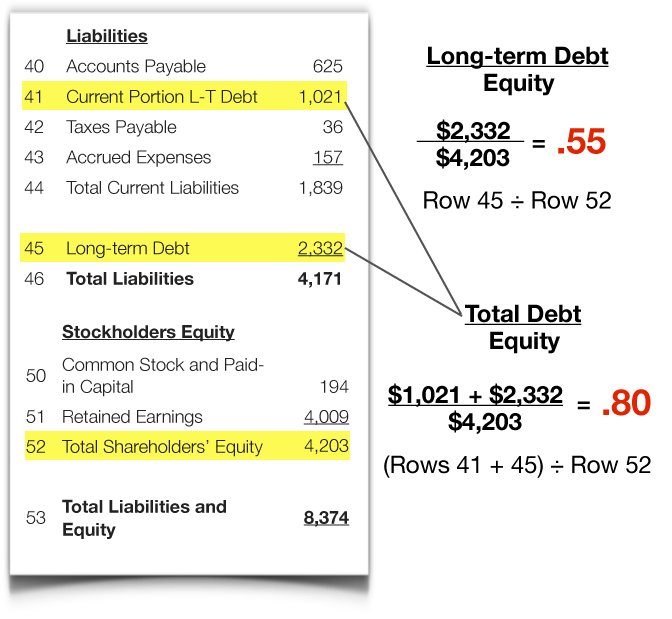


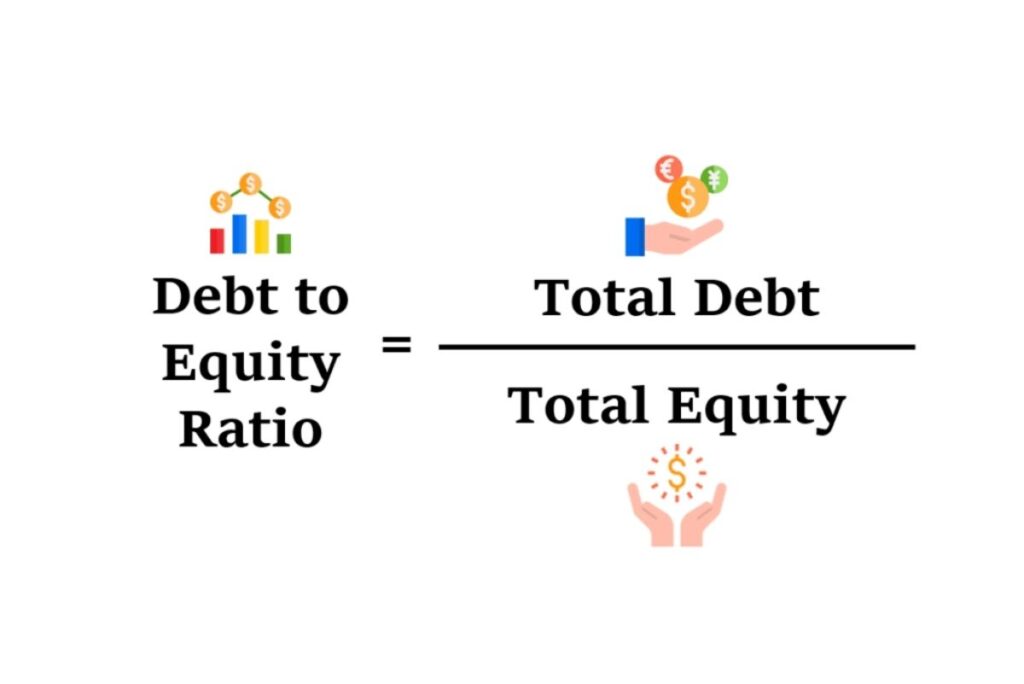
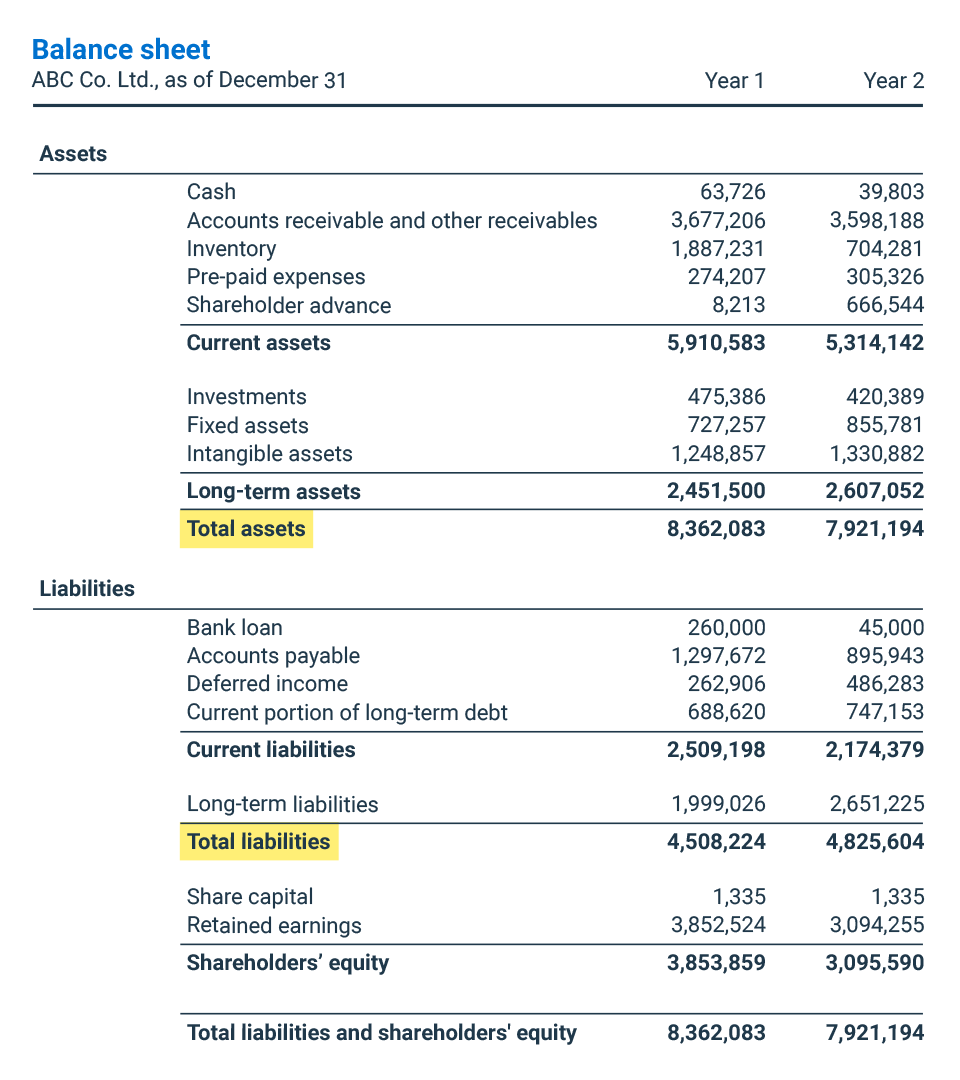
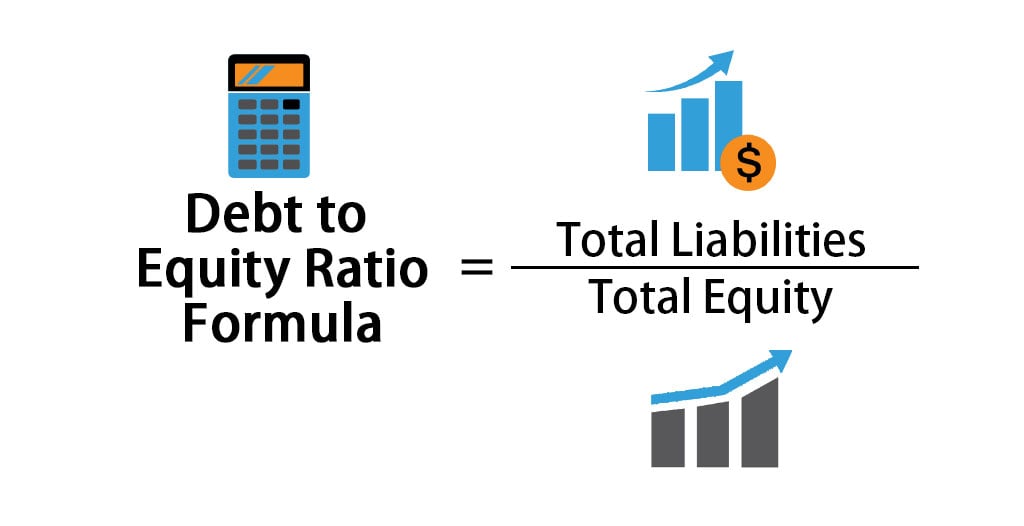

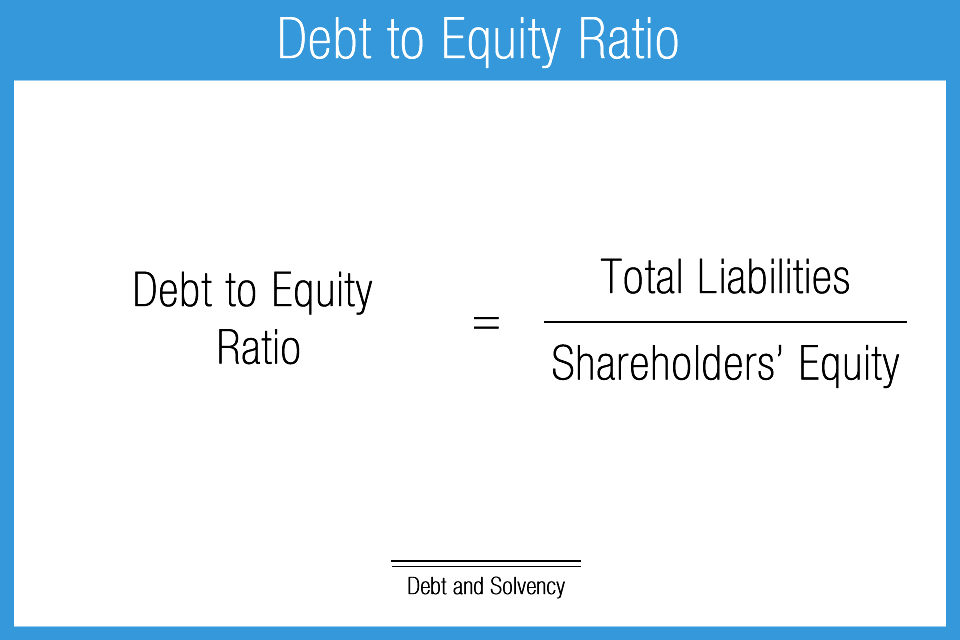
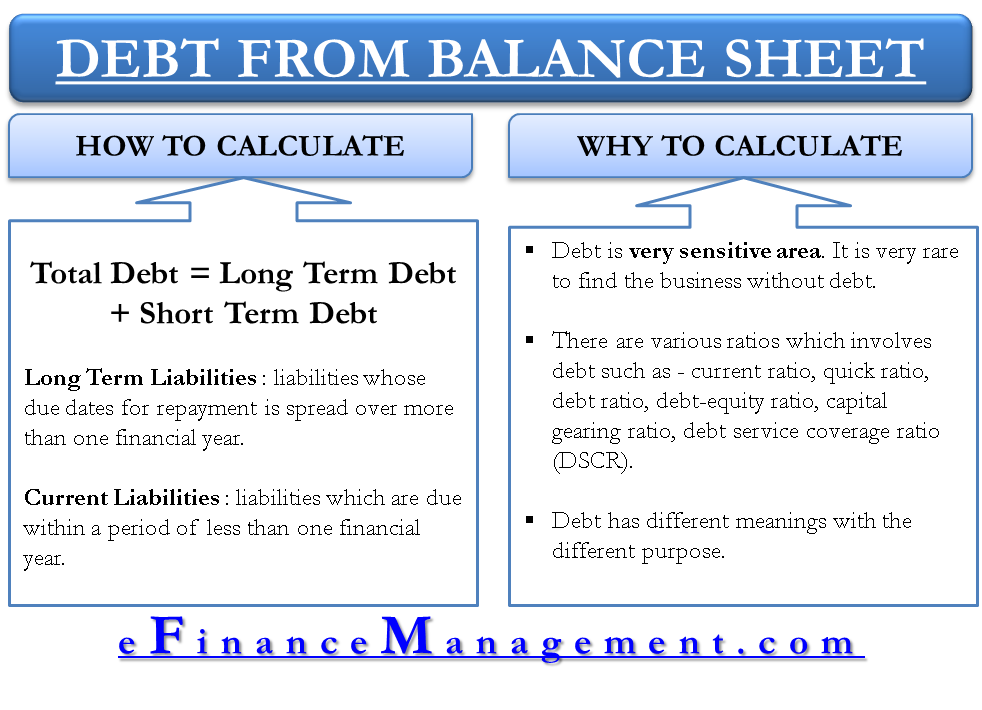
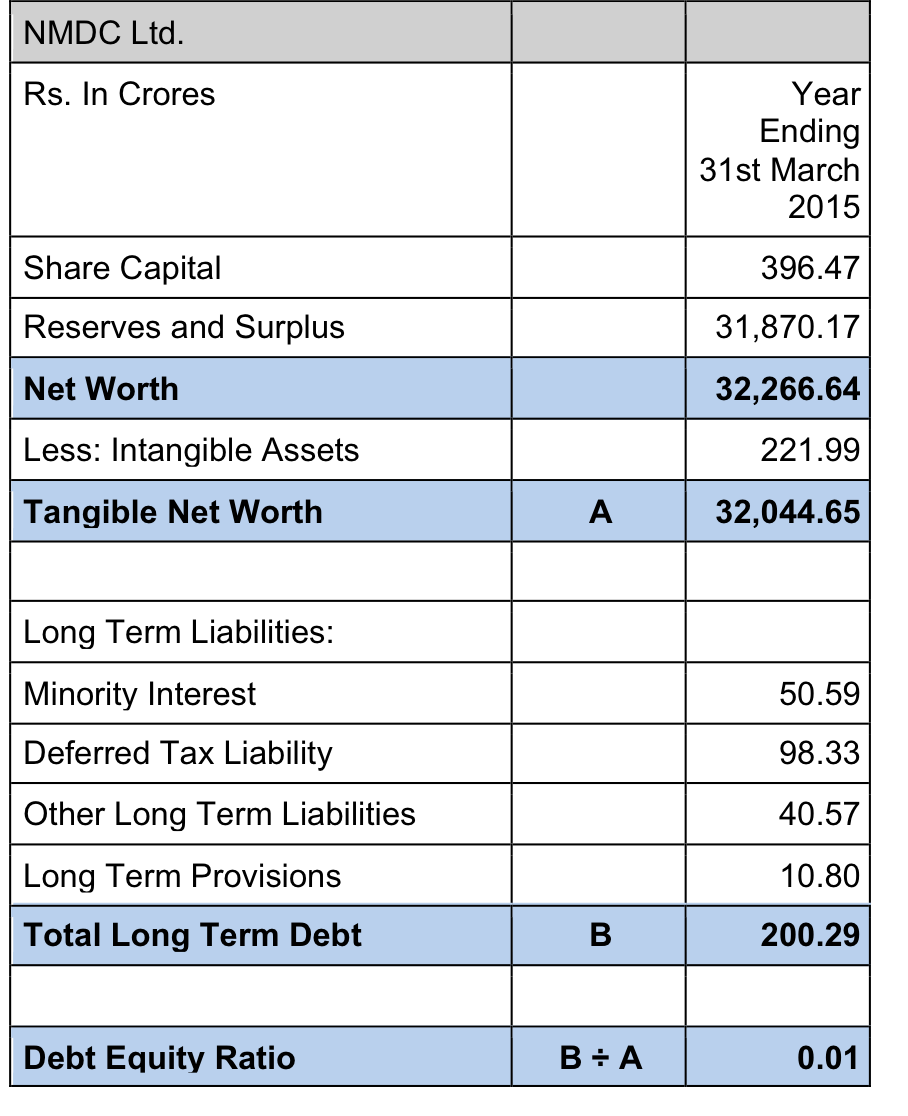
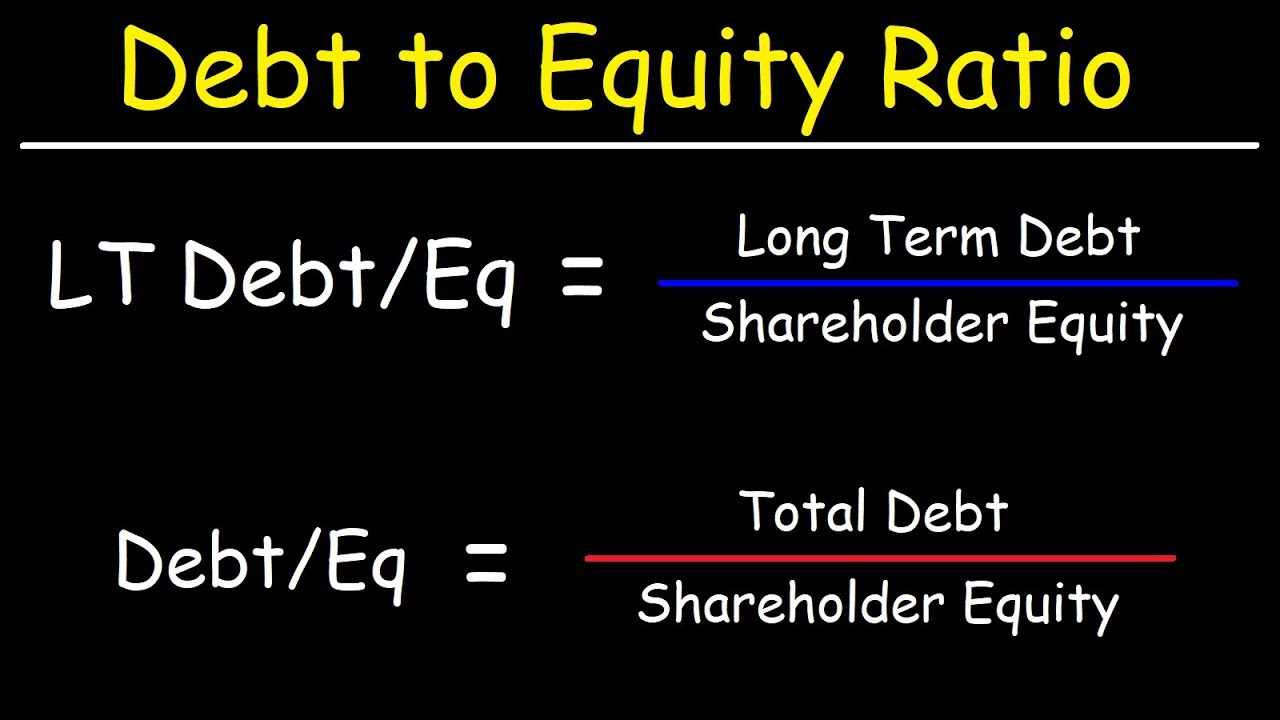



![Debt to Equity Ratio (D/E) Formula + Calculator [Excel Template]](https://media.wallstreetprep.com/wsp_template_library/Debt-to-Equity-Ratio-Calculator.jpg)

:max_bytes(150000):strip_icc()/DEBTEQUITYFINALJPEG-098e44fb157a41cf827e1637b4866845.jpg)